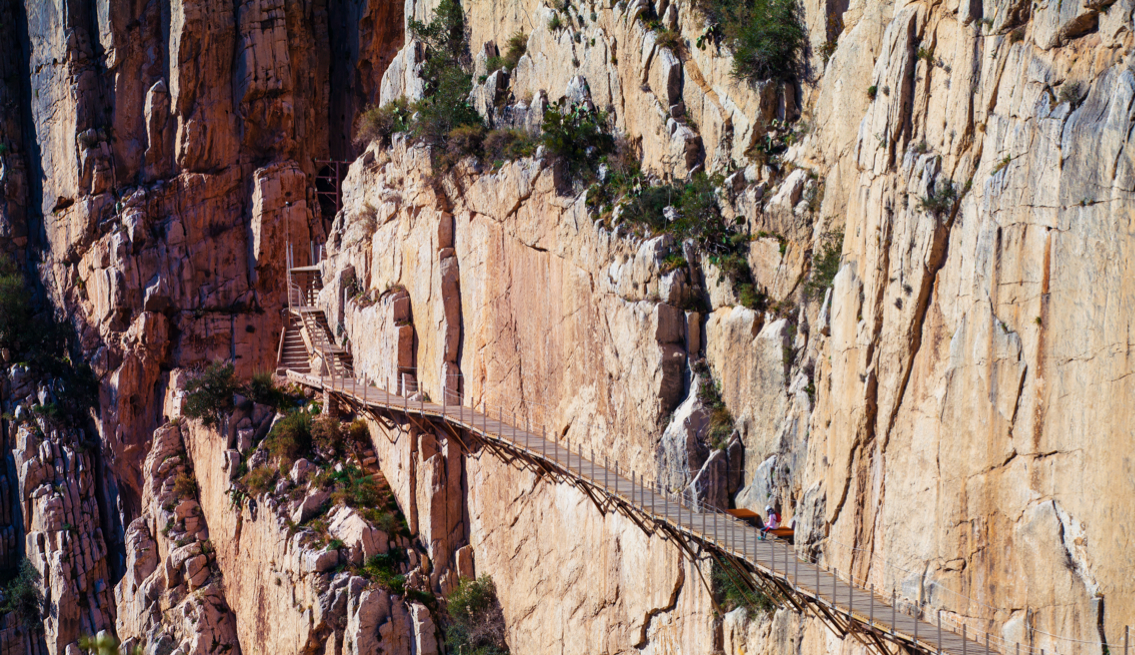Not suitable for people with vertigo!

IF YOU ARE AFRAID OF HEIGHTS, YOU WON’T BE ABLE TO LOOK AT THESE IMAGES, OR MAYBE YOU SHOULD, AS IT WILL ACT AS SHOCK THERAPY.
Named acrophobia by psychologists, the extreme fear of heights is one of the most common phobias, and can include symptoms such as panic attacks, nausea or sickness. It is different from vertigo, which is the sensation that the things around us are moving or changing shapes, also causing sickness, nausea, disorientation and even fainting. An acrophobic person cannot experience vertigo, what they feel is a sensation of panic when exposed to heights, developing an instinctive response to look for something to hang on to which can lead to them losing balance, or lowering the point of gravity (by crouching down or lying on the floor).
As with any other phobia, the affected person can suffer from trembling, sweating or an accelerated heartbeat. It may also make them start to cry, be paralysed by fear, become disorientated or experience difficulties to think straight. In some ways, it is an instinctive protective response, which is also present in other animals as well as in human beings. However, the people who suffer from acrophobia sometimes have to reduce their daily activities due to their fear of spending time exposed to heights. Depending on the case, the simple task of climbing a ladder is sufficient for them to suffer from anxiety and even panic. If you see yourself in any of these descriptions or you have experienced some of these symptoms, don’t hesitate to consult your doctor.
It is obvious that James Kingston, a young English man who has spent the last 12 years dedicated to extreme sports, does not suffer from this condition. He is the star of a video that was filmed this summer, in which he climbs, by hand and without any safety system in place, one of the tallest television towers in the world, right up to the antenna at a height of 475 metres. Terrifying! Some of the scenes from the video shown in first person impressive, and make you feel this innate response that we all have in us: Watch out! Too high! The views from the top are amazing and you can watch them from the comfort of your home.
It has been proven that these images and videos act as a basis for behavioural intervention, which is the treatment of choice for specific phobias. Virtual reality technology is used to expose people to the situation or stimulus that triggers the phobia, gradually or suddenly. It is carried out in a controlled situation, teaching the patient how to control the panic and to gain emotional control until they become desensitised to this phobia.
OUR TRAVEL EXPERIENCES

All of our healthy holiday experiences have been specifically designed to encourage and promote healthy habits.

A TASTE OF THE MEDITERRANEAN

SOLO ADVENTURE

COOKING IN THE SUN

